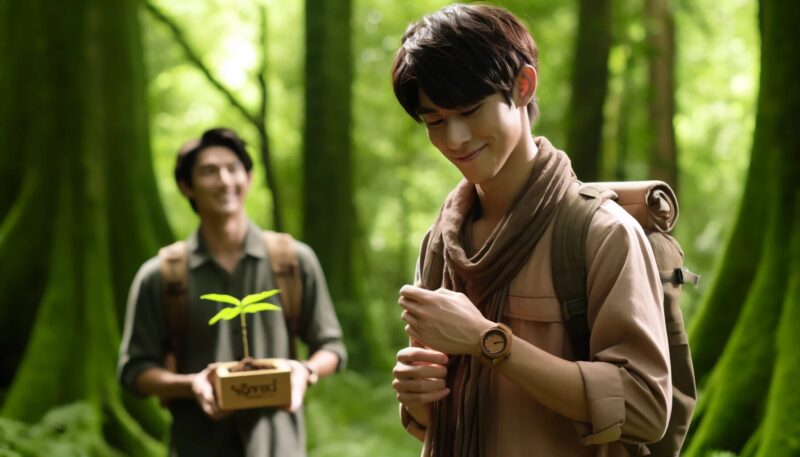Do you have questions or concerns like these?
- What is Cause Marketing?
- What is a concrete example of Cause Marketing?
If you’re grappling with such questions and uncertainties, this time I will clearly explain:
- Overview
- A concrete example based on my experience
Please refer to this article to deepen your understanding of Cause Marketing.
What is Cause Marketing?

Cause marketing refers to marketing initiatives where businesses and organizations collaborate to support social or environmental causes through the sales of their products or services.
It is a form of corporate social responsibility (CSR) where companies aim to achieve both profit and social impact.
History and Development
The concept of cause marketing gained prominence in the United States in the 1980s.
A notable example is the 1983 campaign by American Express, which supported the restoration of the Statue of Liberty.
For every use of the American Express card, the company donated one cent to the restoration fund.
This campaign significantly increased card usage and successfully raised funds for the restoration.
Modern Cause Marketing
In the present day, cause marketing takes various forms, with numerous companies addressing different social issues.
Examples include environmental conservation efforts, health improvement programs, and educational support initiatives.
Through these activities, companies aim to enhance their brand image and build customer loyalty.
Factors for Success
Several factors contribute to the success of cause marketing.
First, there needs to be a clear connection between the company and the cause being supported, making it easier for consumers to empathize with the initiative.
Additionally, transparency and reliability are crucial; companies must effectively report on their activities and progress to build trust with consumers.
Case Studies
Some successful examples of cause marketing include:
TOMS
For every pair of shoes purchased, another pair is donated to a child in a developing country through the “One for One” campaign.
Patagonia
Actively engages in environmental protection activities, donating a portion of their sales to environmental organizations.
Starbucks
Uses Fair Trade certified coffee beans, supporting the livelihoods of producers.
Conclusion
Cause marketing is an effective strategy for companies to enhance their brand value through social contributions.
However, success requires an appropriate strategy and a strong trust relationship with consumers.
Moving forward, it is expected that more companies will utilize this approach to contribute to the creation of a sustainable society.
What is a concrete example of Cause Marketing?

High School Memories
When I was in high school, I bought a WeWood watch.
Through this experience, I realized the charm and impact of cause marketing.
WeWood is a brand that sells wooden watches and is actively involved in environmental protection.
WeWood’s Cause Marketing
WeWood’s business model is quite unique.
For every watch purchased, they plant a tree through their “Plant a Tree” campaign.
This initiative made me feel that by buying a watch, I could contribute to environmental conservation, which motivated my purchase.
When I finally received the watch, I was very satisfied with its simple yet stylish design.
Real Impact
Every time I wore the watch, I was reminded that I was part of an environmental protection effort.
Additionally, through this watch, I introduced WeWood’s activities to my friends and family, sparking interest in environmental conservation among many people.
Thus, the WeWood watch functioned not just as an accessory, but as a tool to raise social awareness.
Lessons and Future Outlook
Through this experience, I understood the importance and power of cause marketing.
A company’s commitment to addressing social issues can significantly influence consumers.
In the future, I aim to use my marketing expertise to promote initiatives that contribute to society.
This article uses material from the Wikipedia article “Cause marketing” which is released under the Creative Commons Attribution-Share-Alike License 4.0. Additionally, the texts and images were generated using ChatGPT.


